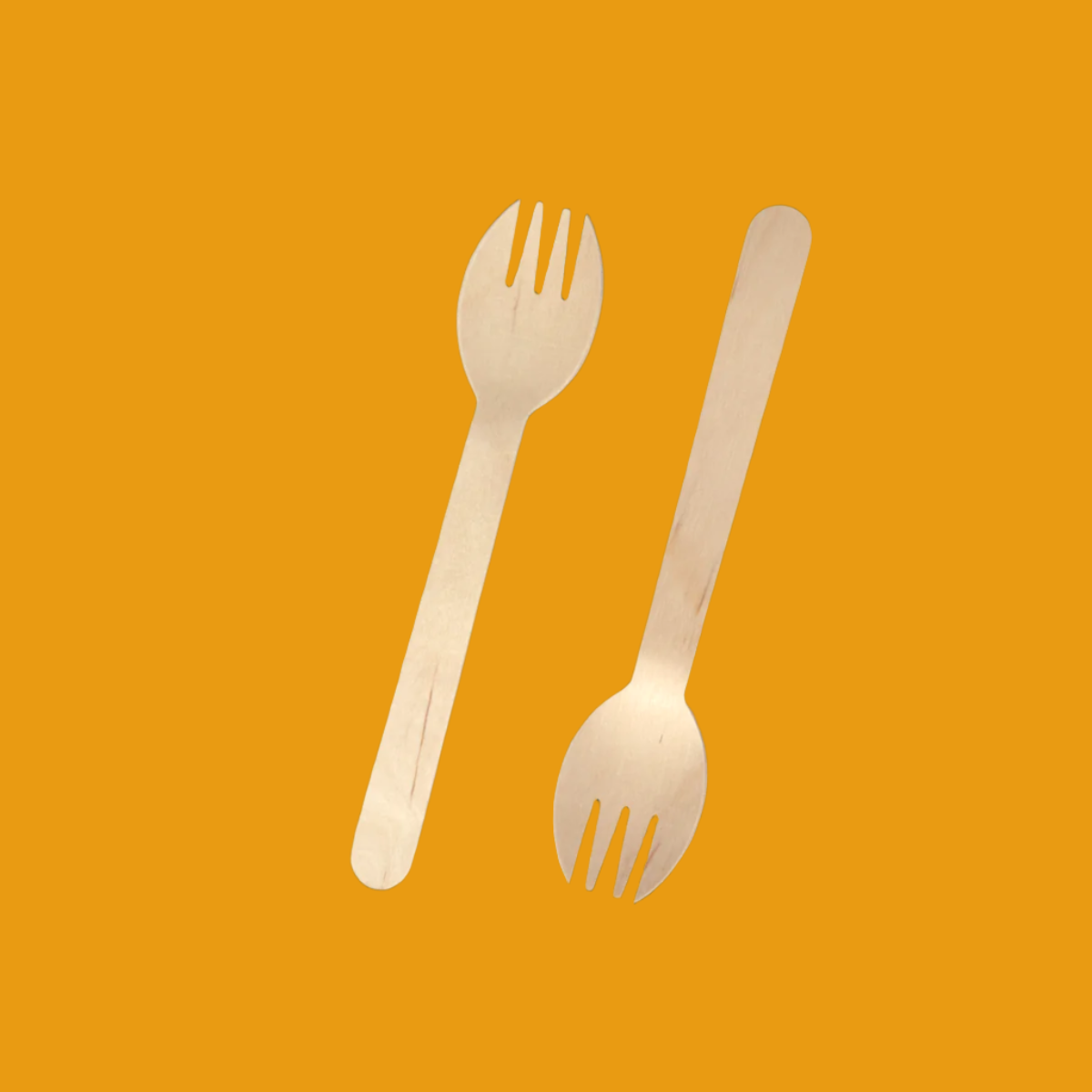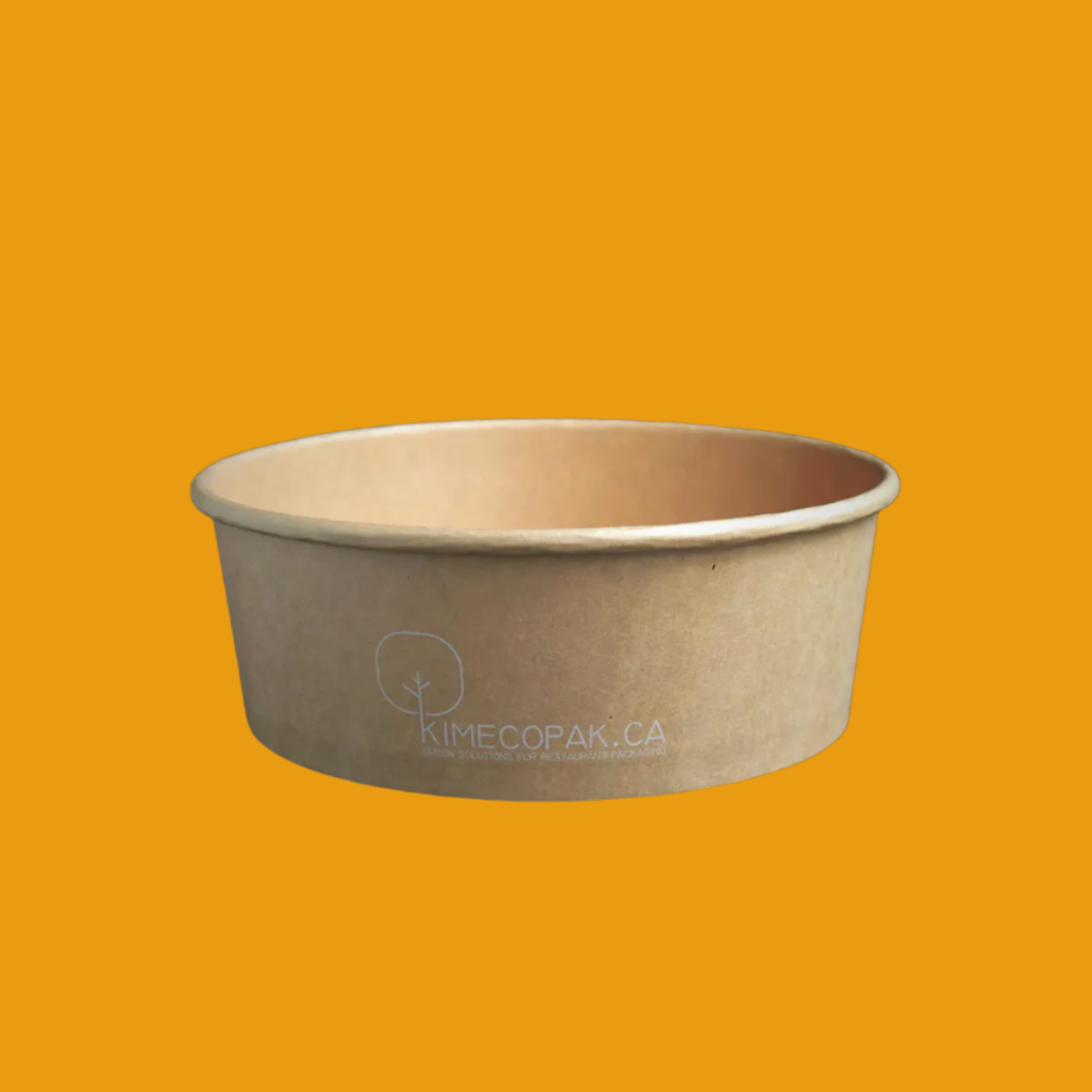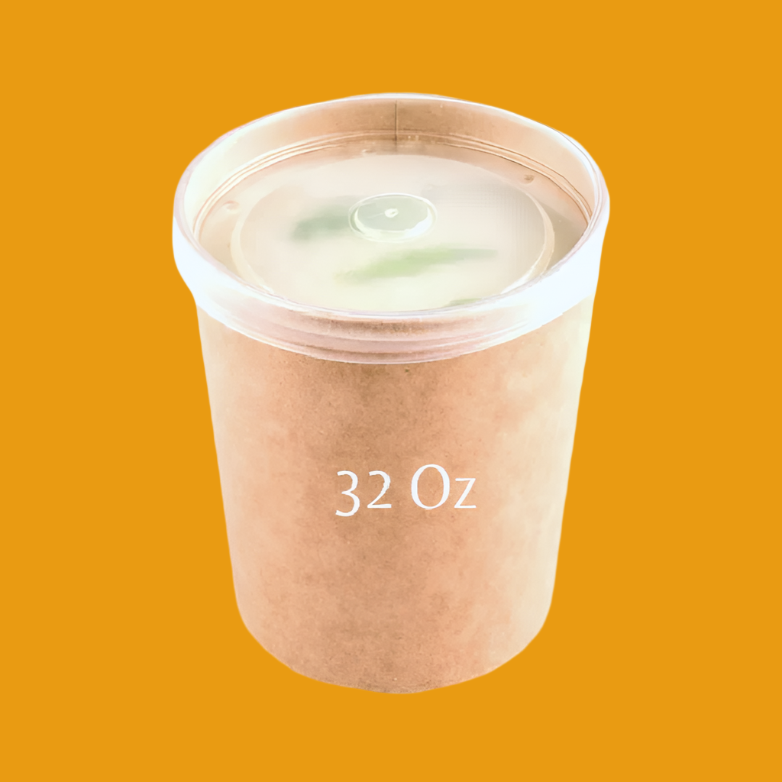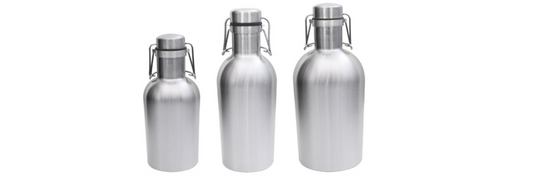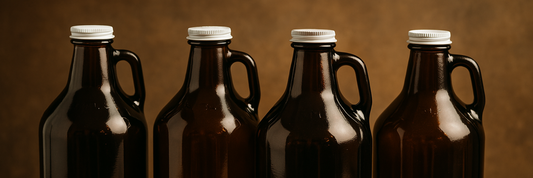Edible coffee cups are an innovative, eco-friendly alternative to disposable cups, designed to reduce plastic waste while enhancing the coffee-drinking experience. Made from natural, biodegradable ingredients like grains and chocolate, these cups are both sustainable and consumable. They provide a zero-waste solution for cafés, restaurants, and eco-conscious consumers looking to minimize their environmental impact. This article explores what edible coffee cups are made of, how they’re produced, their shelf life, and their benefits in promoting a greener future.
What Is an Edible Coffee Cup Made Of?
Edible coffee cups are crafted using natural, food-grade ingredients that provide durability while maintaining a pleasant taste. The most common ingredients include:
- Flour and Grains (Wheat, Oats, Corn, Rice Flour) – Form the structural base of the cup, ensuring strength and crunchiness.
- Sugar or Natural Sweeteners – Adds slight sweetness and enhances flavor.
- Vegetable Oils or Butter – Helps create a smooth texture and contributes to water resistance.
- Gelatin or Plant-Based Binding Agents – Enhances durability and ensures the cup holds its shape when filled with liquid.
- Chocolate or Wax Coating – Adds a protective layer inside the cup to prevent it from becoming soggy too quickly.
These materials make edible coffee cups a safe, vegan-friendly (if plant-based binders are used), and sustainable choice.

How to Make Edible Coffee Cups?
The production of edible coffee cups involves several key steps to ensure durability, taste, and practicality:
Preparing the Dough or Batter
- Ingredients such as flour, grains, sweeteners, and oils are mixed to form a sturdy dough.
- Depending on the desired texture, the dough may be baked, dehydrated, or hardened through freezing techniques.
Shaping the Cups
- The dough is pressed into cup-shaped molds and allowed to set.
- For uniformity, industrial molds are used in large-scale production, while smaller operations may use hand-molding techniques.

Baking or Drying
- The shaped dough is baked at a controlled temperature to achieve crispness and strength.
- Some varieties are air-dried instead of baked to preserve certain textures and flavors.
Applying a Protective Coating
- To prevent the cup from becoming soggy, a thin layer of chocolate, food wax, or plant-based coating is applied inside.
- This barrier helps maintain the cup’s structure when filled with hot liquids like coffee or tea.
Packaging and Distribution
- The cups are packaged in moisture-resistant wrapping to preserve freshness and crunchiness.
- They are then distributed to cafés, restaurants, and eco-conscious retailers.
How Long Do Edible Coffee Cups Last?
Shelf Life Before Use
- Edible coffee cups can last from a few weeks to several months, depending on storage conditions and ingredients.
- If stored in a cool, dry place, cups with chocolate coatings or food wax barriers tend to last longer.
Durability When Filled with Coffee
- Most edible coffee cups retain their structure for 30–60 minutes when filled with hot coffee or tea.
- Cups with thicker coatings or higher-fat content may last up to an hour without breaking down.
To extend shelf life, it is recommended to store edible coffee cups in airtight packaging away from humidity and direct sunlight.

Benefits of Edible Coffee Cups
Reducing Plastic Waste
- Traditional plastic and paper coffee cups generate millions of tons of waste yearly.
- Edible coffee cups eliminate waste completely since they are consumed after use.
Environmentally Friendly and Biodegradable
- Unlike plastic cups, which can take hundreds of years to decompose, edible cups leave no harmful residues.
- Even if not consumed, these cups break down naturally in compost within weeks.
Unique Customer Experience
- Cafés and restaurants using edible cups provide a novel and enjoyable drinking experience.
- Some edible cups have flavored coatings (e.g., chocolate, vanilla, cinnamon), enhancing the coffee-drinking experience.
Cost-Effective for Businesses
- While the initial cost of edible cups may be higher than paper or plastic cups, they reduce long-term waste disposal costs.
- Businesses that market sustainability can attract more eco-conscious customers, increasing brand loyalty.
Nutritious and Vegan Options Available
- Some edible coffee cups contain fiber, protein, or healthy fats depending on their ingredients.
- Many brands offer vegan and gluten-free varieties to accommodate different dietary needs.
Challenges and Future of Edible Coffee Cups
Production Costs
- Manufacturing edible coffee cups requires more resources and precise techniques than plastic or paper alternatives.
- Mass production efficiency improvements could help lower costs over time.
Heat Resistance Limitations
- Some edible cups may soften or break down when exposed to hot liquids for extended periods.
- Research is ongoing to develop stronger, more heat-resistant formulations.
Public Awareness and Adoption
- Many consumers and businesses are still unfamiliar with edible coffee cups.
- Increased marketing, education, and accessibility will be key to mainstream adoption.
Despite these challenges, the demand for sustainable packaging solutions continues to rise, positioning edible coffee cups as a viable future alternative.
Conclusion
Edible coffee cups are a revolutionary step toward reducing plastic waste while offering a unique, eco-friendly alternative to disposable cups. Made from natural ingredients like grains, sweeteners, and chocolate coatings, these cups provide both functionality and sustainability.
With benefits ranging from zero waste and environmental friendliness to enhanced customer experience, edible coffee cups are an exciting innovation for individuals, cafés, and sustainability-driven businesses. While challenges remain, ongoing advancements in food technology and consumer awareness will likely lead to wider adoption.
By choosing edible coffee cups, businesses and consumers can contribute to a greener future—one sip at a time.




